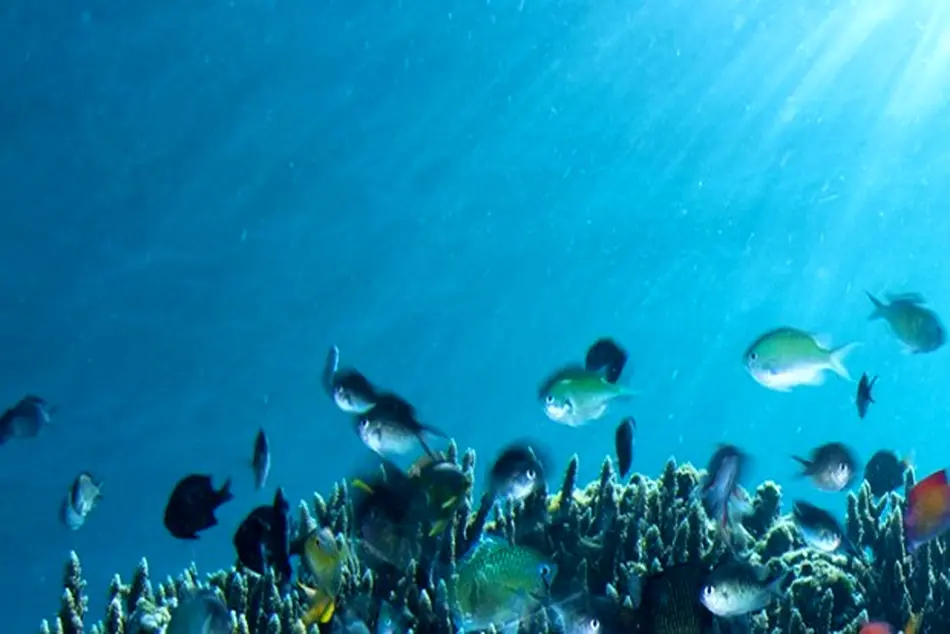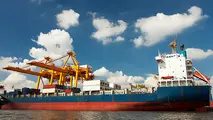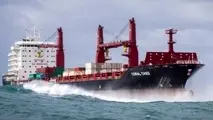Santa Barbara program protecting air and marine life expanded

In an initiative to cut air pollution and protect whales in the Santa Barbara Channel region, Santa Barbara County Air Pollution Control District and partners announced that the Vessel Speed Reduction (VSR) voluntary incentive program will include for the first time the San Francisco Bay Area. This week, ships began to be enrolled in the program.
The 2017 Program will start on July 1st and continue until November 15. The project partners will continue to sign up ships through June 30.
The program aims to improve air quality and reduce the risk of lethal ship strikes to whales. It also sets goals for reducing toxic air pollution and greenhouse gas emissions to protect public health and the climate. In 2017, Cordell Bank, Greater Farallones, and Monterey Bay National Marine Sanctuaries, and the Bay Area Air Quality Management District join the program, to extend it to the San Francisco Bay Area.
In particular, the Santa Barbara County Air Pollution Control District, NOAA’s Channel Islands National Marine Sanctuary, Ventura County Air Pollution Control District, National Marine Sanctuary Foundation, and Volgenau Foundation collaborated on the 2016 VSR program in the Santa Barbara Channel region, slowing 50 ship transits to 12 knots or under, reducing more than 25 tons of smog-forming nitrogen oxides (NOx) and more than 1,000 metric tons of greenhouse gases (GHGs).
Ten global shipping companies participated in the 2016 Program: CMA CGM, Evergreen, Hamburg Sud, Hapag Lloyd, Holland, K Line, Maersk, MOL, NYK Line, and Yang Ming. In 2016, more than 90 percent of the companies contacted by the program indicated interest in also participating in a Bay Area program in the future.
“When we work together we achieve greater success. Partnerships like the ‘Blue Whales, Blue Skies’ program are essential to achieving mutually beneficial environmental goals – improving coastal air quality and reducing GHG emissions while protecting marine life” said Jack Broadbent, executive officer of the Bay Area Air Quality Management District.
As is is explained, ships transiting along the California coast emit a large amount of smog-forming pollution, and ship strikes are a major threat to recovering endangered and threatened whale populations, including blue, humpback, and fin whales. Slowing ship speeds reduces air pollution and has been shown to reduce the risk of fatal ship strikes on whales.
Mike Villegas, Air Pollution Control Officer of the Ventura County Air Pollution Control District, said: “The VSR program demonstrates the great potential of partnerships between different government agencies, non-profit foundations and the private sector. It is one of the most cost-effective ways to reduce NOx emissions while also benefiting the marine environment and the local economy.”



